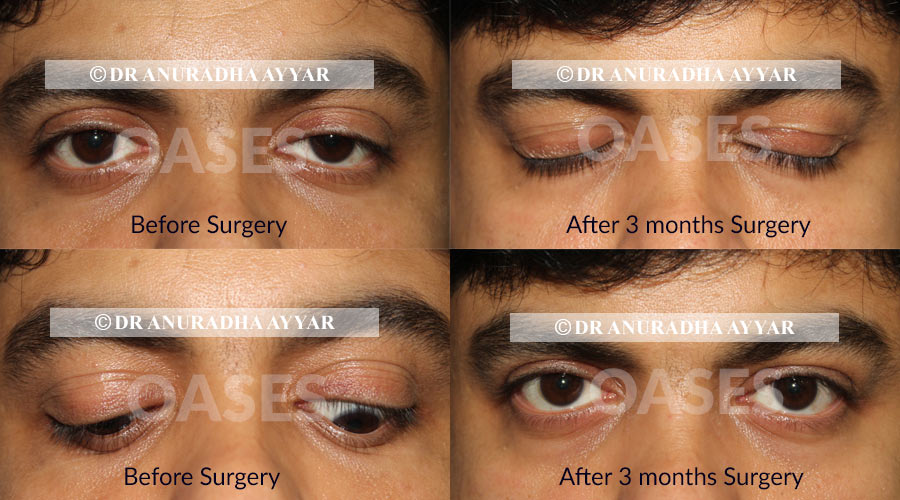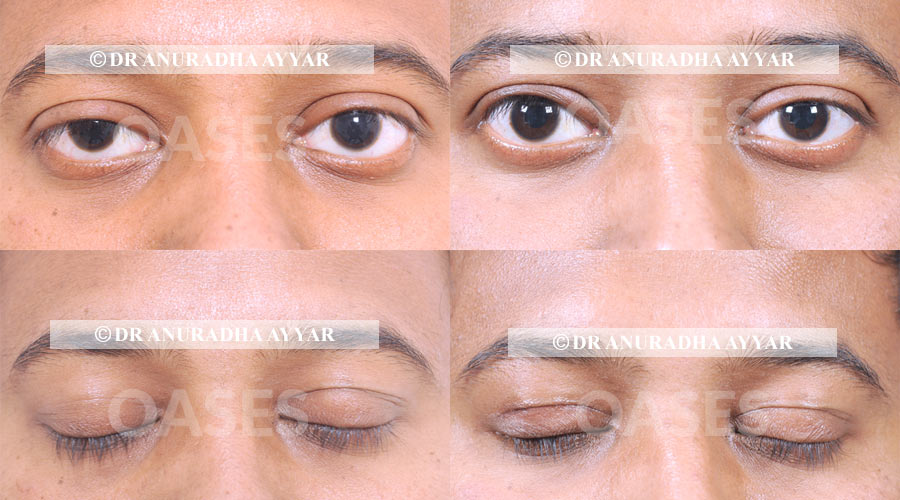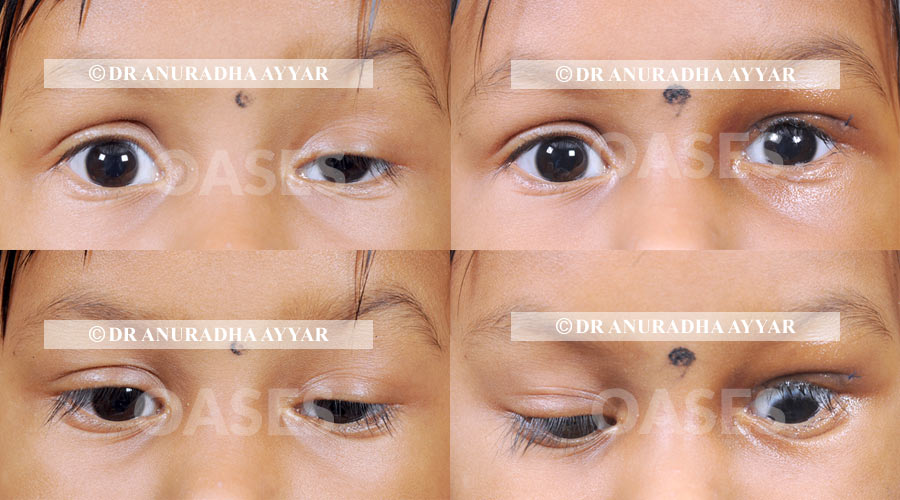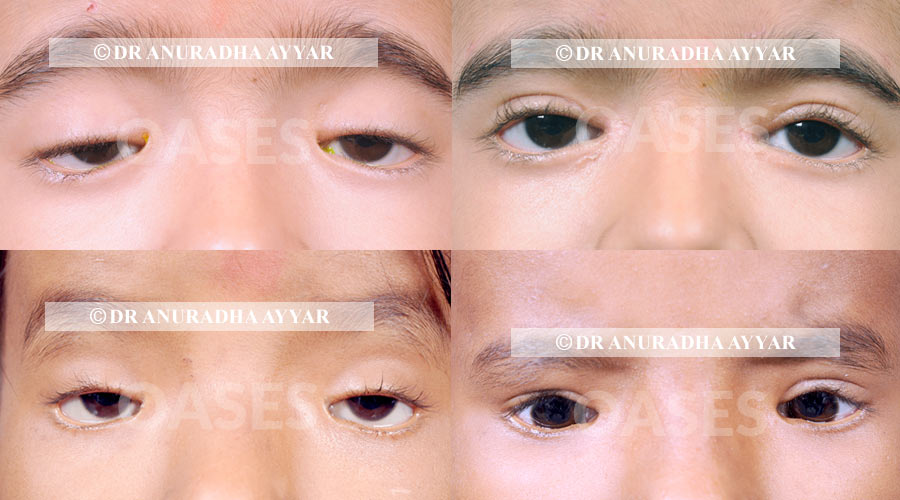Droopy eyelid or Ptosis
Eyes are more than just organs of vision – they are also the most prominent features
contributing to one’s facial aesthetic. However, in some cases, individuals develop a
condition of the eyelid that is known as droopy eyelid or ptosis. While not always
severe, this condition may over time impact one’s vision.
Ptosis, or droopy or sagged eyelid, may be prevalent since birth, also known as
congenital ptosis, or develop over time in life, also known as acquired ptosis. In some
cases, this condition may only affect one eyelid (unilateral ptosis) or both (bilateral
ptosis).
Droopy eyelid isn’t often a serious condition, but in extreme cases it may block the pupil
affecting vision. To ensure that this condition isn’t an indication of any underlying
medical condition and treat it timely, it is advisable to consult an Oculoplastic surgeon.
Causes and risk factors of droopy eyelid
Droopy eyelid may be a cause of natural factors or may even hint at some underlying
medical condition. Here, are some of the common causes or risk factors for ptosis.
Weakened muscle in the upper eyelid since birth.
-
Ageing and consequent weakening of the muscle in the eyelid causing a sag.
-
Nerve damage which may be a result of an underlying condition such as diabetes,
-
heart disease, cancer in the eye muscles, tumour etc.
-
Muscle disease in the eyelid which is largely inherited.
-
Injury, such as a punch or blow, to the eye resulting in a droopy eyelid.
Symptoms of droopy eyelid
While saggy eyelids are the most obvious symptom, there are other signs one could
watch out for as well.
-
One side of the eyebrow raised
-
Chin elevation
-
Abnormal head posture
-
Squinty eyes
-
Decreased vision in the affected eye
-
Functional blindness
-
Jaw winking: a condition that results in a wink every time the jaw is moved
Diagnosing ptosis
In case you see any of these signs be sure to consult an ophthalmic surgeon specialising
in Oculoplasty. Based on the time and onset of the droopy eyelid, the doctor may run
some tests to determine the cause. These may include a routine eye exam, eyelid
measure or a physical exam and a neurological exam. The doctor may also require the
patient’s medical history for a diagnosis. If the doctor suspects muscle problems, a
Tensilon Test may be advised. Based on the condition, the doctor may require
additional investigation.
Treating ptosis
The treatment method will depend on the cause of the condition. In case of mild ptosis,
the doctor may advise observation for a period before deciding treatment. However, in
case of moderate or severe ptosis, instant treatment may be advised.
Further, if this condition is found in children, early intervention is recommended to
avoid visual damage. Long standing ptosis in children is known to cause irreversible
astigmatism or poor development of vision.
In this surgery, the upper eyelid or levator muscle is tightened which can lift the eyelid
back to its appropriate position. To know about the risks involved and the specifics of
the surgery, it is advisable to consult a specialised Oculoplastic doctor. A sling operation
may also be advised wherein the forehead muscles are tightened to lift the eyelids.
Post-operative care for ptosis
Post surgery, you will be advised certain care practices by your doctor. Be sure to follow
them religiously. Some of the instructions may include:
-
Icing the eye area in the first few days
-
Cleaning instructions around the stitches to avoid infection
-
A week or so rest from strenuous activities including driving and swimming
-
Night lubricant in case eyes remain slightly open at night
Thus, while this condition is not necessarily problematic in itself, it should always be
checked out by an Oculoplasty surgeon to rule out any underlying condition.
















